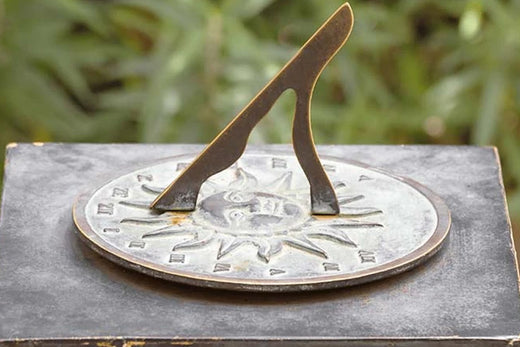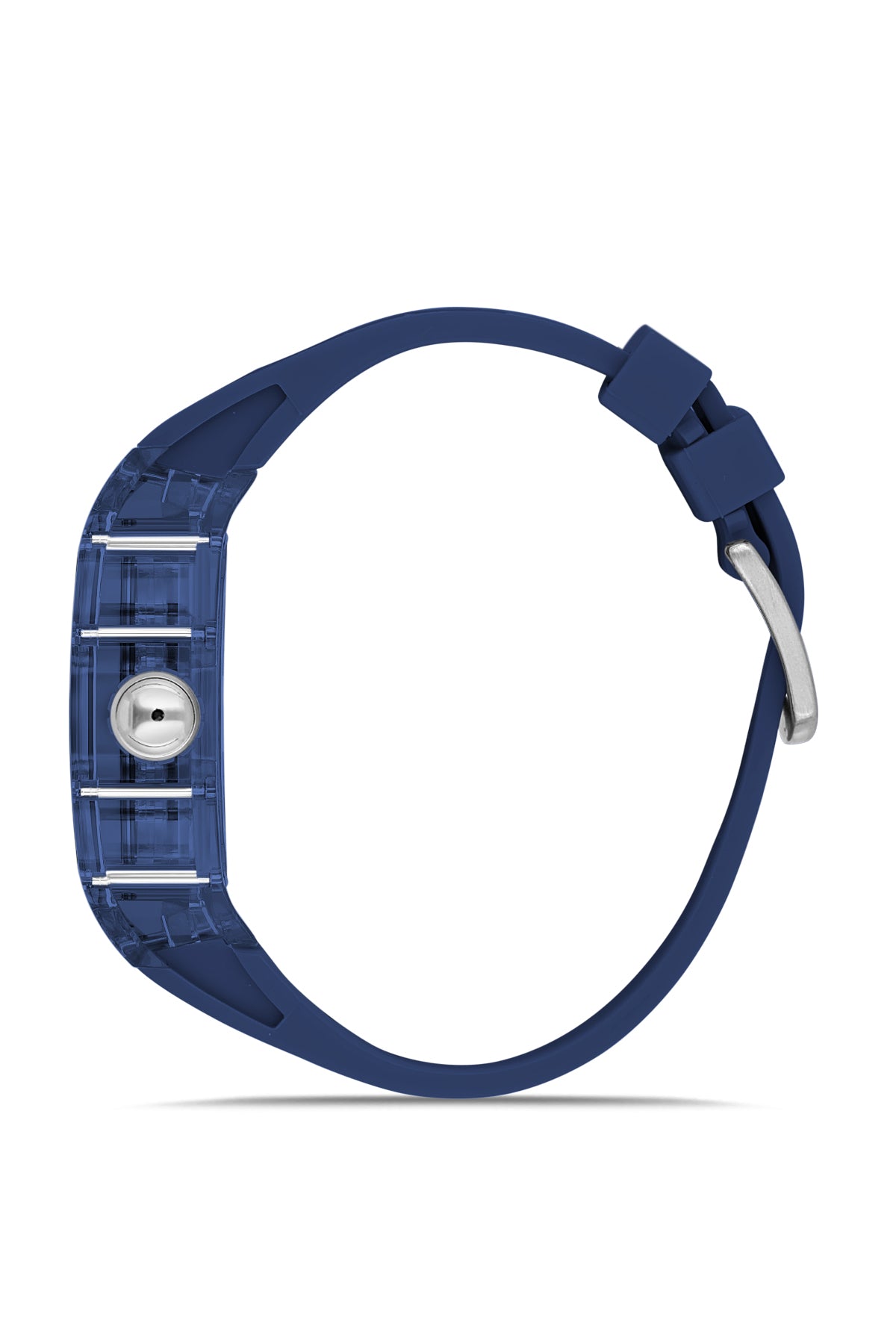Egyptians believed that the harmonious cycle of night and day depicted life and death, dating back to B.C. In 1500, in order to gain control over their lives, they invented the sundial by taking refuge in the guidance of the sun, which grows their crops and brings light. The Egyptians, who broke new ground and started a new era in humankind's race against time, thus invented not only the clock but also efficiency.
Why Was the Sundial Invented?
Humanity's endless curiosity and search for meaning create the art of being human. The curiosity of human beings, who can take control of nature by discovering it, has become hungrier and stronger with each new discovery. The Egyptians, who thought that they could discover the meaning of living by understanding time, acted with the impulses of their mythological beliefs and invented the sundial. The Egyptians, who discovered efficiency thanks to this invention, created efficiency with the discovery of time, and a whole empire with the discovery of efficiency. With productivity, life has turned lives that live for the present into lives that strive and work for the future.
What is the Working Logic of Sundial?
The working logic of this device, which was one of the first compositional attempts of the clock idea, was essentially very simple. It was possible to tell what time it was by using the shadow of a piece called Gnamon, which was stuck perpendicular to the horizontal plane, aligned with the earth's rotation axis, until the sun set. This mechanism used was not only made by those who needed it simply by dipping it into the sand or soil with a stick, but it was also used as structures in city centers where kings and queens displayed their magnificence to the public. Sundials, which we can still see especially in centers where the time is meaningful and used collectively by the public, such as places of worship, have been replaced by sand and water clocks, as they can make predictions on days when there is no sun and in the evenings.
How to Read Sundial?
As the sun travels across the sky, it aligns with the earth's axis of rotation. In order to better benefit from this cycle, sundials were generally used with information about time zones on their base. An attempt was made to estimate the time with the shadow of the Gnamon, which is a stalked piece that wanders over the daytime, which is divided into equal segments. Sundials, which we can still find in many artifacts and architecture from the past, give us information about time thanks to this timeless design.
How to Make a Sundial?
It is actually very simple to make sundials, which are devices that show the time during the day, by taking advantage of the light created by the moving cycle of the sun. Before we start making a sundial that can decorate your garden or exterior, we can start by obtaining our materials: pebbles and a wooden stick approximately two meters long. Then, when we plant the stick, we need to find a sunny place where we can get healthy results. Insert the stick you are using by tilting it slightly towards the hemisphere you are in. Then learn about the indications of your sundial by observing the sun's shadow for a day. Once you can determine the hourly hours, you can use your sundial as a modern clock and outdoor design that works only during the day by using a pebble for each hour. In order to make a simpler and smaller-scale sundial and perhaps teach time to your child, our advice would be to use unused plastic plates as planes. After observing the rotations of the stemmed piece, that is, the gnamon, positioned in the middle of the plastic plate, you should position your pebbles or beans at the points indicating the hourly hours.






















